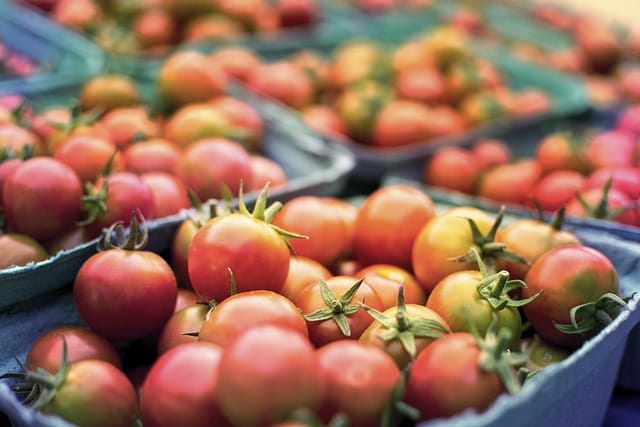How to grow Chards
Chards, also known as Swiss chard or silverbeet, are leafy green vegetables that are rich in vitamins and minerals

In this article:
- Introduction to Chards
- Choosing the Right Chard Variety
- Preparing Soil and Planting Chards
- Watering and Fertilizing Chards
- Mulching and Weed Control
- Disease and Pest Management for Chards
- Harvesting Chards
- Storing and Preserving Chards
- Creative Ways to Use Chards in Recipes
- Frequently Asked Questions about Growing Chards
- Conclusion
Introduction to Chards
Chards, also known as Swiss chard or silverbeet, are leafy green vegetables that are rich in vitamins and minerals. They belong to the same family as beets and spinach. Chards can be grown easily in home gardens and are a popular choice among gardeners.
Choosing the Right Chard Variety
There are several chard varieties available, each with its own unique characteristics. Some of the popular varieties include Ruby Red, Bright Lights, and Fordhook Giant. Consider factors like taste, color, and growth habit when choosing the right chard variety for your garden.
Preparing Soil and Planting Chards
Chards prefer well-draining soil enriched with organic matter. Prepare the soil by removing weeds and loosening it with a garden fork. Plant chard seeds or seedlings in rows or clusters, ensuring they are spaced properly to allow proper growth.
Watering and Fertilizing Chards
Chards require regular watering to thrive. Keep the soil consistently moist but avoid overwatering, as it can lead to rotting or fungal diseases. Fertilize the plants with a balanced organic fertilizer to ensure adequate nutrients for healthy growth.
Mulching and Weed Control
Apply a layer of organic mulch around the chard plants to help retain moisture, control weeds, and regulate soil temperature. Regularly check for weeds and remove them manually to prevent competition for nutrients and water.
Disease and Pest Management for Chards
Chards are generally resistant to many pests and diseases. However, they can still be affected by common garden pests like aphids and caterpillars. Implement preventive measures such as regular inspections, using natural pest repellents, and practicing crop rotation to minimize the risk of infestations.
Harvesting Chards
Chards can be harvested when the leaves are young and tender, usually around 8-10 weeks after planting. You can harvest the outer leaves individually or cut the entire plant near the base. Regular harvesting promotes new leaf growth and a continuous harvest.
Storing and Preserving Chards
To store chards, remove any damaged or discolored leaves and rinse them thoroughly. Wrap the leaves in a damp paper towel and store them in a plastic bag in the refrigerator. Chards can also be blanched and frozen for longer-term storage.
Creative Ways to Use Chards in Recipes
Chards are versatile vegetables that can be used in various culinary preparations. They can be sautéed, stir-fried, added to soups, stews, or salads, or even used as a healthy alternative to tortilla wraps. Get creative in the kitchen and experiment with different chard recipes.
Frequently Asked Questions about Growing Chards
Q: How long does it take for chards to germinate?
A: Chard seeds usually germinate within 7-14 days, depending on the growing conditions.
Q: Can chards tolerate hot weather?
A: Chards are relatively heat-tolerant, but they grow best in cooler temperatures.
Q: Can I grow chards in containers?
A: Yes, chards can be grown in containers as long as they have enough space for the roots to grow.
Conclusion
Growing chards can be a rewarding experience, whether you are a beginner or an experienced gardener. By following the guidelines outlined in this article, you can successfully cultivate chards and enjoy their nutritious and delicious leaves in your meals. Remember to experiment with different chard varieties and recipes to make the most of this versatile vegetable.
